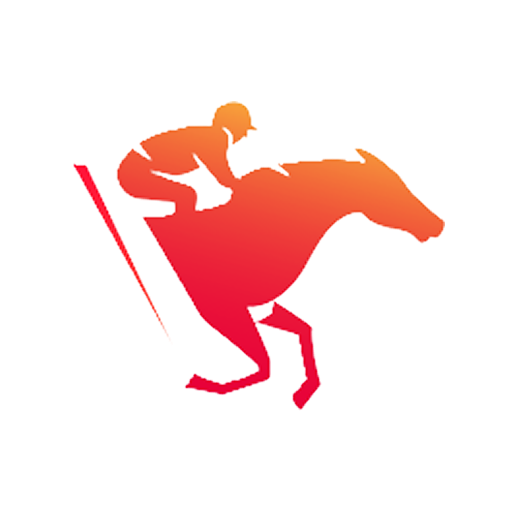


SARGA.CO—In horse racing, the focus often centers on the horse's speed, the jockey's skill, and the trainer's strategy. However, behind the scenes lies an often-overlooked figure: the farrier.
A farrier is a professional responsible for maintaining the horse’s hooves and fitting horseshoes, ensuring every step on the racetrack is safe and optimal.
Becoming a farrier requires in-depth knowledge of equine hoof anatomy, biomechanics, and behavior. They must analyze a horse’s gait to tailor the horseshoes to support the best performance on the track.
Precision and attention to detail are essential in a farrier’s technical skill set, from trimming hooves to shaping and fitting horseshoes precisely.
The importance of hoof health as a critical factor in stability, speed, and endurance is highlighted in the journal Case Report of Ringbone in Warmblood Horses (2021) by Sembiring et al., which explains that a horse’s overall health heavily relies on the strength of its hooves.

Since horses are ungulates, animals that walk on their hooves—poor hoof conditions can lead to numerous problems. Neglected hooves can result in diseases and abnormalities, ranging from imbalance while running to severe injuries.
Colville and Bassert (2002), in their book Clinical Anatomy & Physiology for Veterinary Technicians, explain that if a horse’s hooves are left to grow unchecked, they can become too long and bend, causing lameness.
Additionally, horses stand most of the day, even sleeping in a standing position, which places a constant static load on their hooves.
While shoeing a horse, the farrier must ensure its hooves are in optimal condition, enabling the horse to perform at its best on the track. Research conducted by Anggraeni et al., titled “Maintenance of Thoroughbred Racing Horse Hooves at Eclipse Stud and Stable,” highlights several key responsibilities of a farrier.

These include inspecting the hooves for cracks, inadequate moisture, uneven wear, abnormal growth, potential bruising, and loose shoes. If a horseshoe becomes detached prematurely, the farrier must reattach it with a thickness of 1.8 cm.
Anggraeni et al. also describe the horseshoe as a protective U-shaped iron plate that shields the horse’s hooves. Over time, horseshoes have evolved, with materials like carbon steel, aluminum, and the recently developed titanium used to enhance their durability and functionality.
The farrier’s next responsibility is shoe selection, which requires careful consideration of the horse's needs on grass, sand, or synthetic tracks. Horseshoes are meticulously attached using unique nails to ensure comfort without harming the horse.
With shoes designed for optimal traction, the horse can run faster and more steadily. Conversely, improperly fitted shoes can hinder performance or even cause injuries.
Farriers are often invisible yet vital elements in horse racing. Their blend of skill, knowledge, and modern technology makes them the backbone of racehorse performance. From maintaining hooves to fitting custom-designed shoes, their role ensures every step a horse takes on the track is a step toward victory.
Farriers prove that behind the speed and grandeur of horse racing lies exceptional craftsmanship and unwavering dedication that keeps everything running smoothly.


When all eyes were on the race favorites, Mine That Bird came in as the ultimate underdog.
Read More





















































Install SARGA.CO News
sarga.co